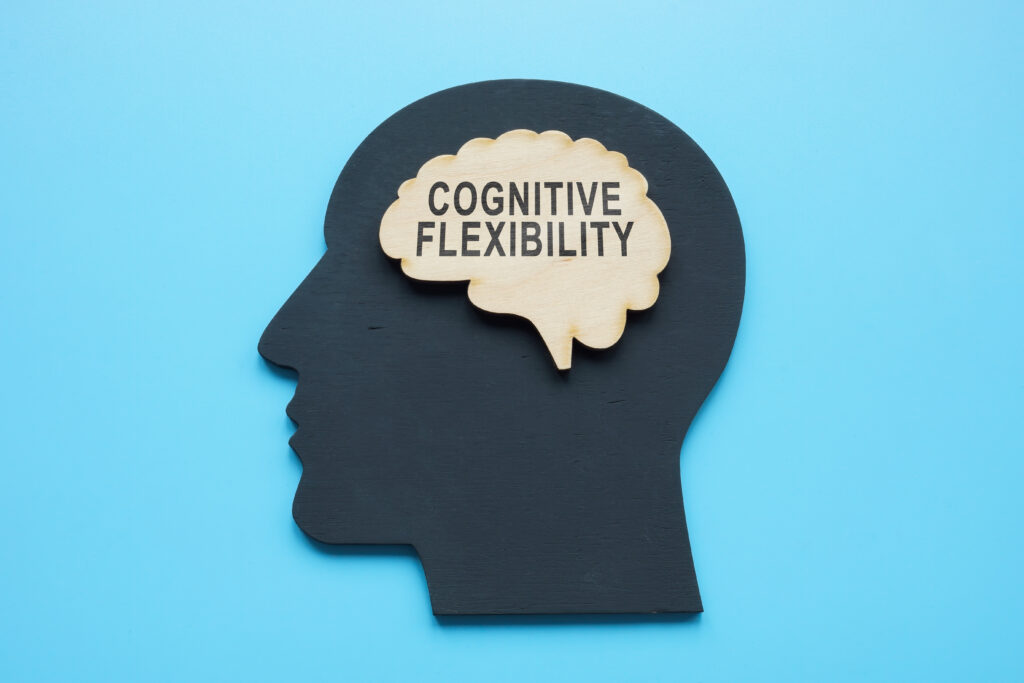Video editing is a crucial aspect of the filmmaking process. It involves piecing together various shots and scenes to create a cohesive and visually appealing story. With the rise of digital technology, video editing has become more accessible, and its potential impact on attention to detail and cognition cannot be ignored.
Attention to detail is the ability to notice and focus on the small elements that make up a larger picture. In video editing, this skill is essential as it allows editors to create seamless transitions between shots and ensure continuity in the storytelling. Without attention to detail, a video can appear disjointed and confusing to the audience.
Video editing requires a high level of cognitive skills, such as problem-solving, decision-making, and critical thinking. As editors work with multiple shots and scenes, they must make creative choices about which shots to use, how to arrange them, and how to manipulate them to convey the desired message. These tasks require a keen eye for detail and the ability to think critically about how each shot contributes to the overall narrative.
Additionally, video editing involves the use of editing software, which has a steep learning curve. This software allows editors to manipulate footage, add effects and transitions, and adjust audio levels. To use these tools effectively, editors must have strong cognitive abilities to navigate through the various functions and make quick decisions about which tool to use for a specific task.
The potential impact of video editing on attention to detail and cognition extends beyond the editing room. Video content has become a prominent form of communication in today’s digital age. From social media platforms to online courses, videos are used to convey information and engage audiences. The quality of these videos can significantly impact the viewer’s attention span and ability to retain information.
Attention span is the amount of time a person can focus on a particular task or activity. With the rise of technology and the constant bombardment of information, people’s attention spans have decreased significantly. In fact, according to a study by Microsoft, the average human attention span has decreased from 12 seconds to 8 seconds in the past 20 years. This is where video editing plays a crucial role.
A well-edited video can capture and maintain the viewer’s attention by using techniques such as quick cuts, visual effects, and sound effects. These editing techniques are carefully chosen to keep the audience engaged and prevent them from getting bored or distracted.
Moreover, video editing can also enhance cognition, which refers to the mental processes involved in learning, understanding, and remembering information. By using visual and audio cues, video editing can help viewers retain information better. For example, adding captions or text on screen can aid in information retention, while graphic overlays can help illustrate complex concepts.
In addition to its impact on attention and cognition, video editing also has the potential to affect emotions and mood. Through the use of music, color grading, and shot selection, editors can create a specific atmosphere or evoke certain emotions in the viewer. This can be particularly effective in advertising and marketing videos, where the goal is to persuade and influence the audience’s emotions.
However, with great power comes great responsibility. Video editing also has the potential to manipulate and deceive viewers. In the age of fake news and false information, video editing can be used to alter footage and create a false narrative. This highlights the ethical implications of video editing, and editors must be mindful of their choices and the impact it may have on their audience.
In conclusion, video editing is a powerful tool that can have a significant impact on attention to detail and cognition. It requires a combination of technical skills and cognitive abilities to create visually appealing and engaging videos. As video content continues to dominate our screens, it is essential to recognize the potential impact of video editing on our attention span, ability to retain information, and emotions.


